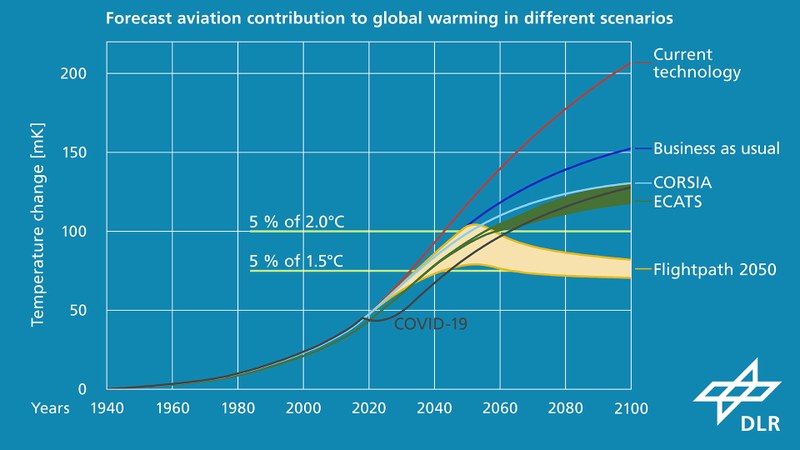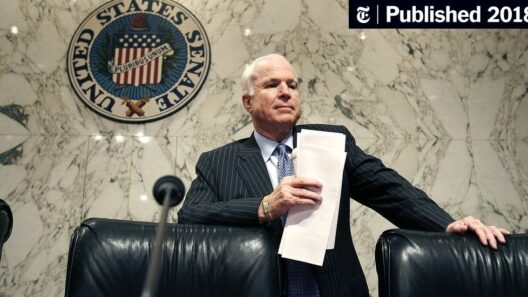Global warming, an increasingly pressing issue, has transformed our environmental landscape into an arena of various uncertainties. It involves an intricate web of factors that affect both natural ecosystems and human societies. As the planet continues to warm, we must examine the manifold impacts that await us, painting a comprehensive picture of what the world’s new normal might entail.
The foremost consequence of global warming is the inexorable rise in average global temperatures. This phenomenon is primarily driven by the accumulation of greenhouse gases in the atmosphere, which act as a thermal blanket. As temperatures mount, we are likely to experience more frequent and severe heatwaves. These scorching episodes pose significant health risks, particularly to vulnerable populations such as the elderly and those with pre-existing health conditions. Heat-related ailments, ranging from heat exhaustion to even death, may become commonplace. Thus, public health systems must adapt and fortify their resources to counteract the ramifications of this rising heat.
Furthermore, the prospect of erratic weather patterns looms large on the horizon. As atmospheric temperatures fluctuate, the hydrological cycle undergoes profound transformations. These changes manifest as both excessive precipitation in some regions and debilitating droughts in others. The increased intensity of storms and hurricanes can lead to catastrophic flooding, wreaking havoc on infrastructure and displacing communities. Conversely, arid areas may suffer acute water shortages that could render agricultural practices unsustainable. This duality highlights the urgent need for advanced water management strategies and resilient agricultural systems that can withstand such volatility.
The repercussions of global warming extend beyond meteorological intricacies and infiltrate the fabric of ecosystems. A significant concern is the disruption of biodiversity, as many species struggle to adapt to changing habitats. The phenomenon of climate migration has emerged, wherein flora and fauna seek refuge in cooler locales. However, this migration is not without its challenges. Ecosystems may become out of balance, with invasive species overtaking native ones, leading to potential extinction events. To mitigate this loss, conservation efforts must be bolstered, emphasizing habitat preservation and restoration, alongside strategic relocations of vulnerable species.
In addition to natural ecosystems, the socio-economic fabric of our societies is also at stake. As climate-induced disasters intensify, the concept of climate refugees is becoming increasingly salient. Populations in vulnerable regions, such as low-lying coastal areas, face the impending threat of displacement due to rising sea levels. The prospect of millions seeking refuge in more stable environments is fraught with complications. It conjures fears of social unrest, resource scarcity, and political tensions that could destabilize nations. Governments must therefore enhance their resilience frameworks and collaborate on international scales to accommodate the inevitable influx of climate migrants.
Though the direct impacts of global warming are dire, there are also profound implications for the economy. The cost of climate change is staggering; repairing infrastructure, responding to disasters, and stabilizing communities entails substantial financial commitments. Industries reliant on natural resources are particularly vulnerable. For example, agriculture faces not only shifting growing seasons but also pest and disease pressures exacerbated by warming conditions. Adaptation strategies—including crop diversification and enhanced irrigation systems—are not merely prudent; they are imperative for sustaining agricultural productivity in this new climate paradigm.
Moreover, global warming opens avenues for innovation in the realms of technology and energy. The urgency to reduce carbon emissions has catalyzed a surge in renewable energy investments. Solar and wind technologies are becoming more accessible and efficient, promising a transition away from fossil fuels. Hence, entrenched energy sectors may face an existential threat, prompting modernization through greener practices and sustainable technologies. This transformation creates a new economic landscape, fostering job creation in the green technology sector while also reducing our collective carbon footprint.
Education, too, will be a pillar in navigating the consequences of global warming. Awareness campaigns and academic initiatives focusing on climate literacy are essential for fostering informed citizens. Communities armed with knowledge can better engage in advocacy and conservation efforts, ultimately fostering a culture of sustainability. Children and youth, who will inherit the planet, should be equipped with the requisite understanding and skills to confront these challenges head-on.
In the realm of policy-making, forward-thinking strategies are paramount. Governments must adopt comprehensive climate action plans that are both ambitious and actionable. These plans should encompass emissions reduction targets, investment in green technology, and the establishment of adaptation frameworks for affected regions. Collaborative international frameworks are also indispensable. Climate change knows no borders; hence, trans-national cooperation is crucial for implementing global solutions that reflect shared responsibilities.
Ultimately, the vision of the world’s new normal hinges upon our collective response to the challenges posed by global warming. We stand at a crossroads, empowered to choose a sustainable path that values ecological integrity and societal resilience. By embracing innovation, fortifying collaboration, and cultivating awareness, we can transform these impending impacts into opportunities for growth and stewardship. The destiny of our planet is in our hands, and it is incumbent upon us to forge a path toward a thriving, equitable, and sustainable future.








